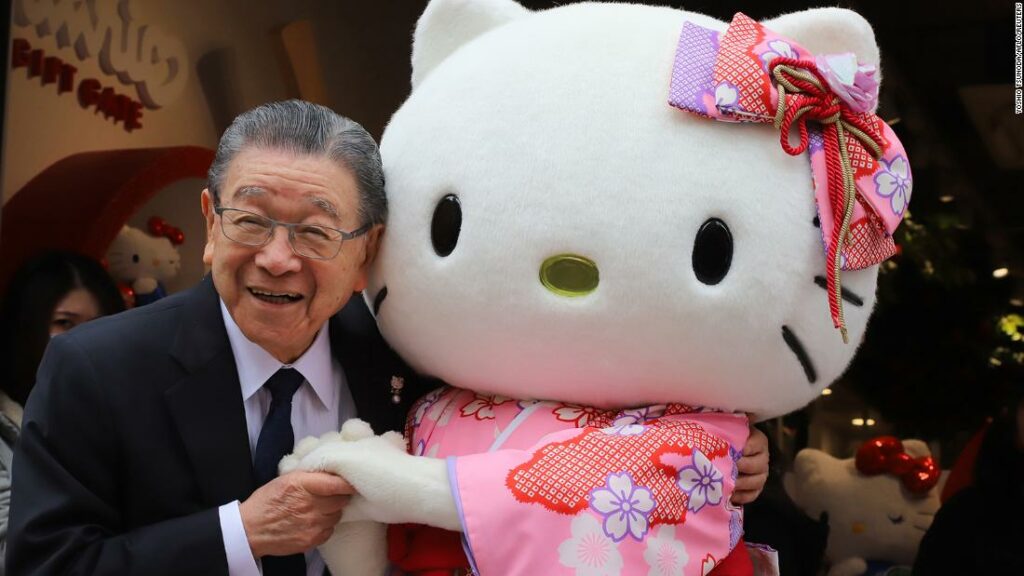
The Hello Kitty design emerged at a contentious time in Japanese history following WW2, as Japan’s mood shifted from political idealism to mass-market consumerism. At this time “kawaii” culture presented an escape from Japan’s violent war image towards a feminised, cute aesthetic. The aggressive development of the kawaii aesthetic is a successful example of Japan’s drive to bolster soft power, with Hello Kitty as the poster child.
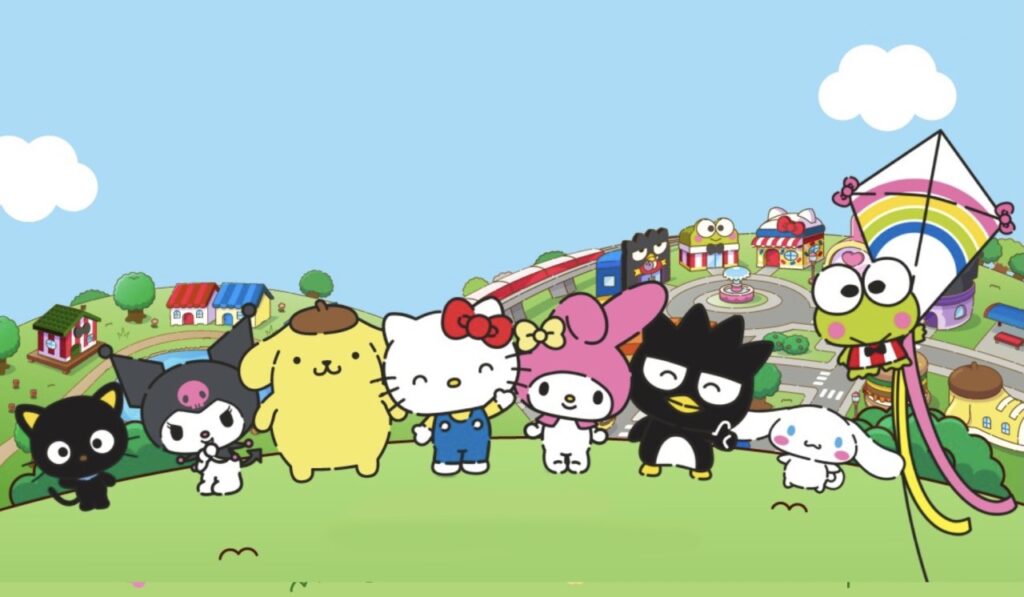
When Shintaro Tsuji noticed that sandals with flower prints were selling better than plain sandals, he set off to hire a cartoonist to create designs. This would lead to the creation of the first ever Hello Kitty product by Yuko Shimizu - a coin purse depicting a fish bowl, a glass of milk and a mouth-less cat with a red bow. The design of Hello Kitty herself is somewhat simplistic - but it is this same feature that many believe have helped to make her popular. Hello Kitty has no mouth, her eyes are expressionless and her only defining feature is the big red bow she adorns. Her lack of personality creates a blank slate for fans of the brand to impress upon her - whether that be happy, sad, angry or ironic. “She doesn’t have a mouth because she speaks from the heart and because it means that we don’t attribute a specific language or a specific localised set of values to her” says Martina Longueira, Senior Marketing Manager at parent company Sanrio. Hello Kitty’s universal features that transcend language and cultural barriers has helped the brand to sell over 50,000 different products in more than 70 countries worldwide.
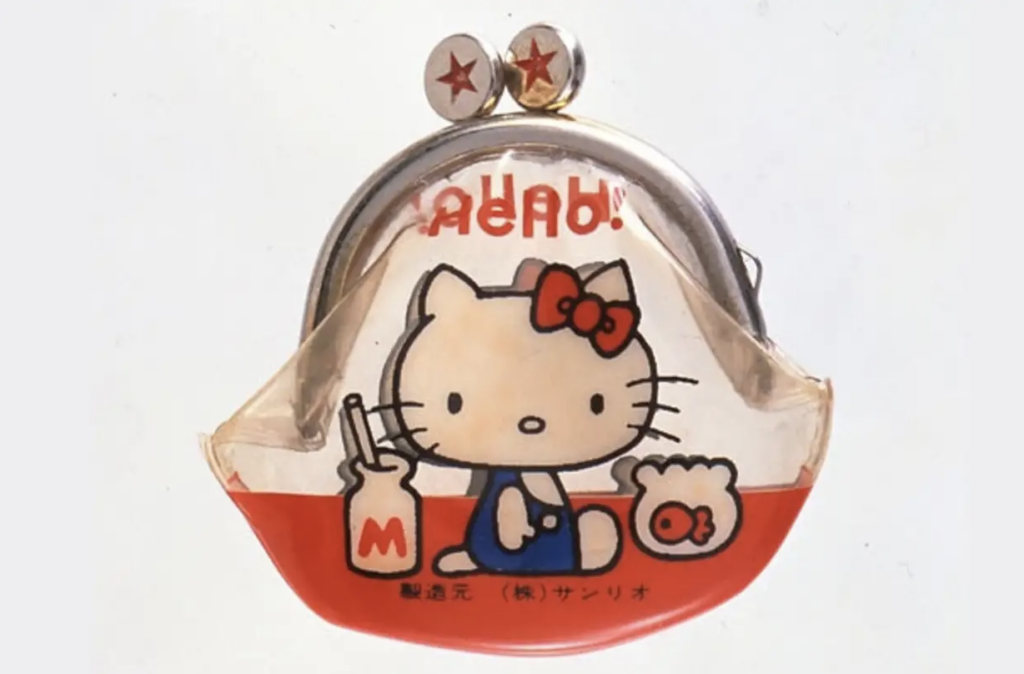
It’s hard to believe that Hello Kitty’s success has managed to last almost half a century where other characters have risen and fallen. Hello Kitty’s success is attributed to the fact that she exists outside of fads created by television shows and computer games. The Hello Kitty brand was not afraid to adjust to changes over time, developments in technology and their ageing consumer base. As the main demographic of young girls grew older, the products expanded from lunch boxes and pencil cases to car wraps and rice cookers. Third generation designer of Hello Kitty, Yuko Yamaguchi, revealed that she intentionally updated the style every five years so that fans of the brand don’t get tired of Hello Kitty’s appearance. Between 1983 to 1999 alone we can see several changes including the removal of Hello Kitty’s outline, the change in her bow design, her outfit becoming more fashionable and the addition of a new boyfriend called Daniel. The character ages alongside its demographic, and now that the demographic are older they share their love and nostalgia of Hello Kitty with their children, repeating the cycle.
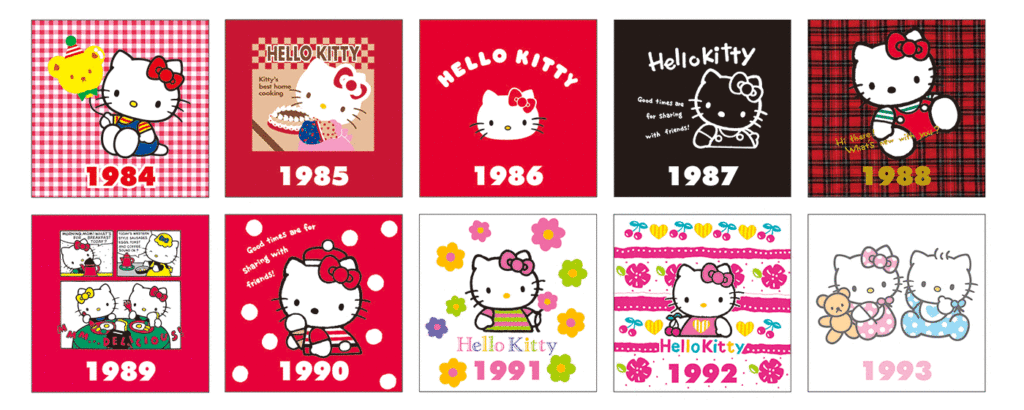
What makes Hello Kitty iconic and well-known globally is the sheer number of licensees the brand has - expectant mothers can give birth in a Hello Kitty maternity hospital, you can fly from Taiwan to Tokyo in Eva Airlines’ Hello Kitty branded aeroplane and spend the day at a Hello Kitty theme park. Western brands aren’t immune to her influence - Hello Kitty has collaborated with makeup brand MAC, Swarovski and even Barbie Mattel. In 2020 Sanrio was the world’s 10th largest licensor, pulling in US$4.4 billion. Hello Kitty is supported by a host of celebrity fans including Lady Gaga, Mariah Carey, Britney Spears, Paris Hilton and more. Together they create a cross-promotion synergy where both the celebrity and Hello Kitty reinforce the image of the other. Hello Kitty’s partnership with renowned brands both domestically and overseas continues to reinforce her image as cool, cute and trendy.
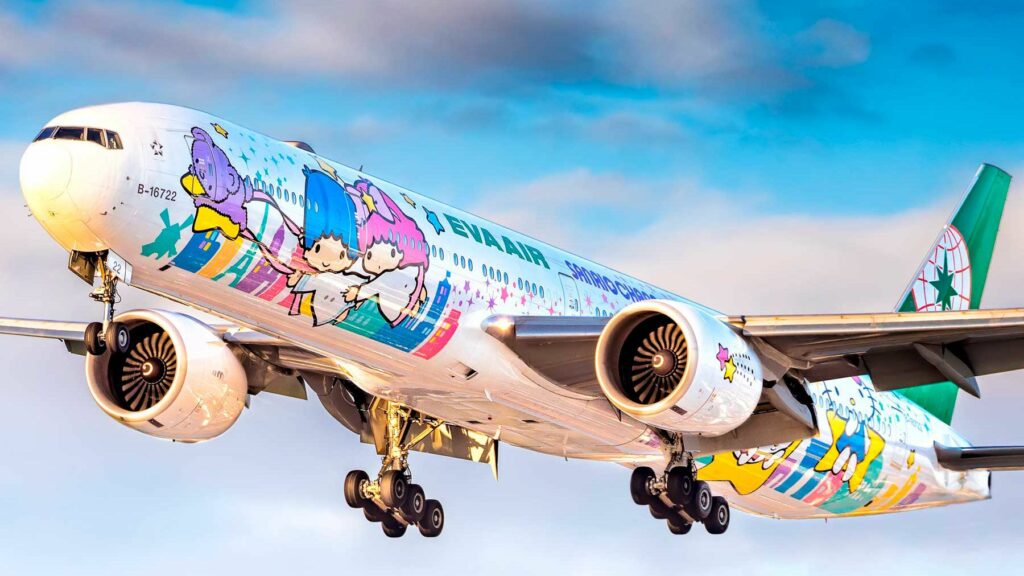
What started off as a small business venture for a Japanese gift-giving brand transformed into a multibillion dollar business capitalising on girl culture globally. Hello Kitty’s success serves as a case study in brand endurance, and despite being cute and trendy has managed to stand the test of time.
